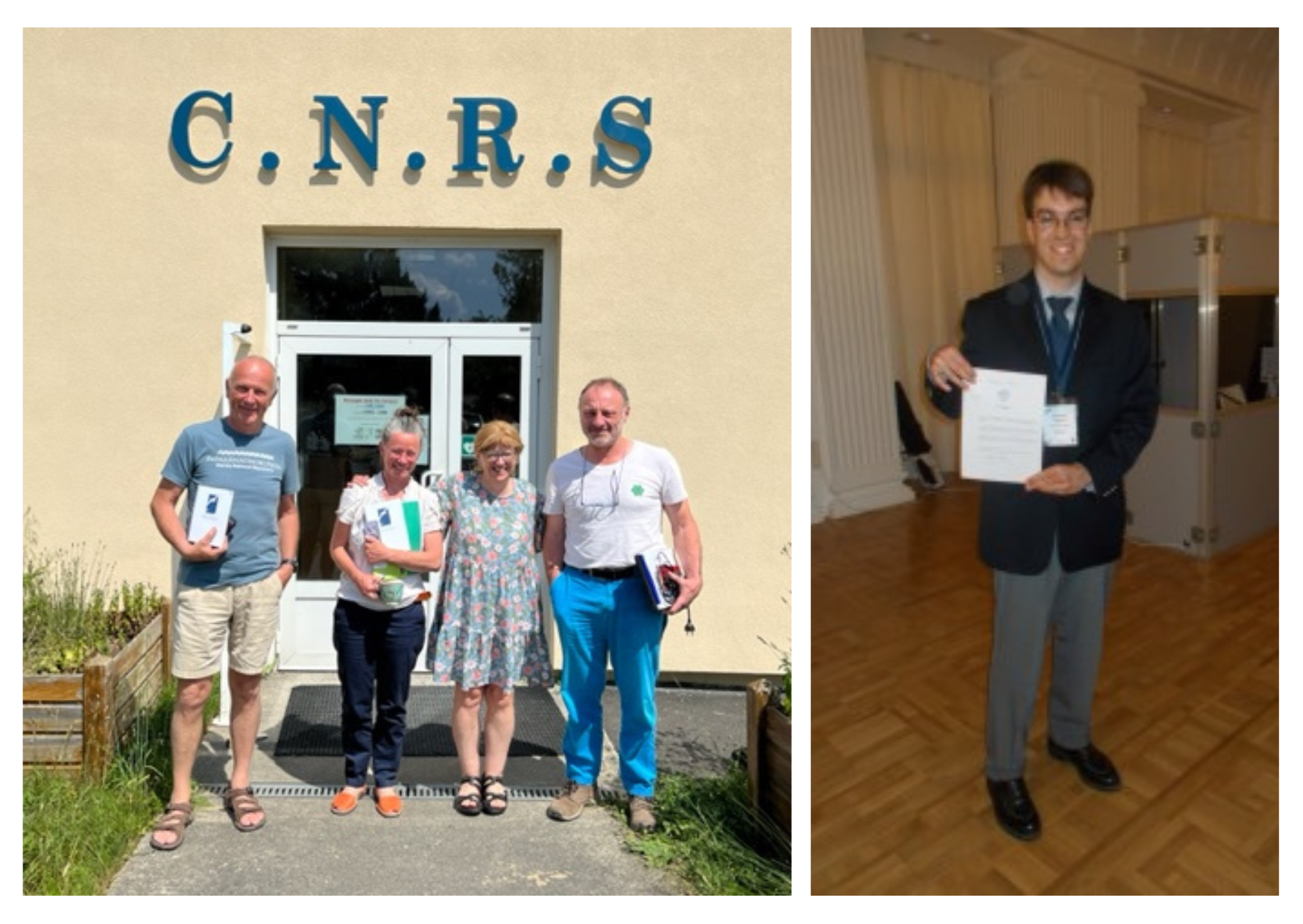 During her liaison visit to France, ACAP's Executive Secretary, Christine Bogle, met with ACAP National Contact Point for France, Florian Expert (pictured above right at the 5th Meeting of the Parties held in Spain in 2015), and scientists (pictured left - right), Henri Weimerskirch, Karine Delord, (Christine Bogle), and Christophe Barbraud from the National Scientific Research Centre (Centre national de la recherche scientifique) in Chizé.
During her liaison visit to France, ACAP's Executive Secretary, Christine Bogle, met with ACAP National Contact Point for France, Florian Expert (pictured above right at the 5th Meeting of the Parties held in Spain in 2015), and scientists (pictured left - right), Henri Weimerskirch, Karine Delord, (Christine Bogle), and Christophe Barbraud from the National Scientific Research Centre (Centre national de la recherche scientifique) in Chizé.
Lors de sa visite de liaison en France, la Secrétaire exécutive de l'ACAP, Dr Christine Bogle, a rencontré le Point de contact national de l'ACAP pour la France, Florian Expert (photo ci-dessus à droite lors de la 5ème Réunion des Parties tenue en Espagne en 2015), et des scientifiques (photo de gauche à droite), Henri Weimerskirch, Karine Delord, (Christine Bogle), et Christophe Barbraud du Centre national de la recherche scientifique à Chizé.
The Agreement on the Conservation of Albatrosses and Petrels’ Executive Secretary, Dr Christine Bogle, recently made a liaison visit to ACAP Party, France.
In Paris, Christine was warmly received by the Agreement’s National Contact Point for France, Florian Expert, who is also the French representative to ACAP’s Advisory Committee. The pair were joined by Florian’s Ministry for Ecological Transition colleague, Vincent Szleper, at the Ministry’s offices in La Défense business district to the west of the city centre.
Discussions centred on the outcomes of the Thirteenth Meeting of the Advisory Committee (AC13) held in Edinburgh in May this year, the challenges facing ACAP, and recent developments in multilateral diplomacy that should have a positive impact on the status of albatrosses and petrels. These include the newly concluded negotiations on the “Agreement under the United Nations Convention on the Law of the Sea on the Conservation and Sustainable Use of Marine Biological Diversity of Areas beyond National Jurisdiction (BBNJ)”, and the recently commenced negotiations on an international treaty on tackling plastic pollution.
Florian provided an update on France’s planned eradication of Amsterdam Island’s introduced populations of Brown Rats, House Mice and feral cats. Located in the Southern Ocean, Amsterdam Island is part of the French Southern and Antarctic Territories, and a breeding site for four ACAP-listed species: Amsterdam Diomedea amsterdamensis, Sooty Phoebetria fusca and Indian Yellow-nosed Thalassarche carteri Albatrosses, and the Grey Petrel Procellaria cinerea. After extensive monitoring of the target species since 2018, preparations are now underway for the next phase of the programme, which will involve spreading bait across the island by helicopter in a bid to remove the introduced predators. This next phase is planned to take place in the austral winter of 2024 and is expected to have a positive impact on the island’s seabird population.
Christine encouraged France to attend the next ACAP Advisory Committee meeting, scheduled for August 2024 in Lima, Peru. She highlighted France's extensive experience in albatross conservation within its sub-Antarctic territories and emphasised that France's contributions to discussions within the Advisory Committee and its working groups would be valuable. Christine also reminded France of the benefits of ACAP’s Small Grants and Secondments programmes.
At the National Scientific Research Centre (Centre national de la recherche scientifique) in Chizé, Christine was welcomed by scientists Christophe Barbraud, Karine Delord and Henri Weimerskirch. All three have been involved in albatross and petrel conservation for many years. Both Henri and Karine are members of ACAP’s Population and Conservation Status Working Group (PaCSWG), whilst Christophe’s research relates to themes in the work programmes of both the Agreement’s Seabird Bycatch Working Group (SBWG) and the PaCSWG.
Speaking about his work, Christophe said: “My involvement is mainly about estimating population trends and demographic responses of albatrosses and petrels to environmental perturbations such as climate change, bycatch and introduced predators on seabird islands. I am also conducting the seabirds and marine mammals monitoring programme in the French Antarctic and sub-Antarctic territories, which was previously conducted by Henri.”
Christine briefed the scientists on the updates to ACAP’s Best Practice Advice on seabird bycatch that came out of the Advisory Committee meeting in May, as well as earlier updates from the 12th Meeting of the Advisory Committee. The scientists commented on how useful the updates were in informing the fisheries industry of ACAP’s endorsed measures.
During her visit, Christine also met some graduate students and researchers who were pursuing research projects related to seabirds. Two PhD students at the centre are under the supervision of Karine and Christophe, with one student focused on monitoring methods for petrel species difficult to survey in subantarctic islands and the other focused on the comparative demography of sooty and light mantled sooty albatrosses.
Commenting on her visits to the Agreement’s colleagues across France, Christine said:
“It was excellent to meet our French colleagues in person, on their home ground, and to learn more about their priorities. France is one of the ACAP Parties with a considerable number of albatross nesting sites, and a strong commitment to their conservation.”
Visite de la Secrétaire exécutive de l'ACAP en France : Discussions sur la conservation des albatros et des pétrels, les efforts d'éradication des espèces invasives et la diplomatie multilatérale
La secrétaire exécutive de l'Accord sur la Conservation des Albatros et des Pétrels, Dr Christine Bogle, a récemment effectué une visite de liaison en France, partie à l'ACAP.
A Paris, Christine a été chaleureusement accueillie par le Point de contact national de l'Accord pour la France, Florian Expert, qui est également le représentant français au Comité consultatif de l'ACAP. Ils ont été rejoints par Vincent Szleper, collègue de Florian au ministère de la Transition écologique, dans les locaux du ministère situés dans le quartier d'affaires de La Défense, à l'ouest du centre-ville.Légende : La Tour Sequoia, où se trouve le ministère de la transition écologique
Les discussions ont porté sur les résultats de la treizième réunion du Comité consultatif (CC13) qui s'est tenue à Édimbourg en mai de cette année, sur les défis auxquels est confronté l'ACAP et sur les récents développements de la diplomatie multilatérale qui devraient avoir un impact positif sur le statut des albatros et des pétrels. Il s'agit notamment des négociations récemment conclues sur l'"Accord au titre de la Convention des Nations unies sur le droit de la mer relatif à la conservation et à l'utilisation durable de la diversité biologique marine dans les zones situées au-delà de la juridiction nationale (BBNJ)", et des négociations récemment entamées sur un traité international relatif à la lutte contre la pollution par les matières plastiques.
Florian a fait le point sur l'éradication prévue par la France des populations introduites de rats surmulot, de souris domestiques et de chats harets sur l'île d'Amsterdam. Située dans l'océan Austral, l'île d'Amsterdam fait partie des Terres australes et antarctiques françaises et constitue un site de reproduction pour quatre espèces inscrites sur la liste de l'ACAP : L'albatros d'Amsterdam Diomedea amsterdamensis, l'albatros fuligineux à dos sombre Phoebetria fusca et l'albatros à bec jaune de l’océan Indien Thalassarche carteri, ainsi que le pétrel gris Procellaria cinerea. Après un suivi approfondi des espèces cibles depuis 2018, les préparatifs sont en cours pour la prochaine phase du programme, qui consistera à répandre des appâts sur l'ensemble de l'île par hélicoptère dans le but d'éliminer les prédateurs introduits. Cette prochaine phase est prévue pour l'hiver austral 2024 et devrait avoir un impact positif sur la population d'oiseaux marins de l'île.
Christine a encouragé la France à participer à la prochaine réunion du Comité consultatif de l'ACAP, prévue en août 2024 à Lima, au Pérou. Elle a souligné la grande expérience de la France en matière de conservation des albatros dans ses territoires subantarctiques et a insisté sur le fait que les contributions de la France aux discussions au sein du Comité consultatif et de ses groupes de travail seraient précieuses. Christine a également rappelé à la France les avantages des programmes de petites subventions et de détachements de l'ACAP.
Au Centre national de la recherche scientifique de Chizé, Christine a été accueillie par les scientifiques Christophe Barbraud, Karine Delord et Henri Weimerskirch. Tous trois sont impliqués dans la conservation des albatros et des pétrels depuis de nombreuses années. Henri et Karine sont tous deux membres du Groupe de travail sur les populations et l'état de conservation (PaCSWG) de l'ACAP, tandis que les recherches de Christophe portent sur des thèmes figurant dans les programmes de travail du Groupe de travail sur les prises accessoires d'oiseaux de mer (SBWG) de l'Accord et du PaCSWG.
"Mon travail consiste principalement à estimer les tendances des populations et les réponses démographiques des albatros et des pétrels aux perturbations environnementales telles que le changement climatique, les prises accidentelles et les prédateurs introduits sur les îles à oiseaux marins. Je dirige également le programme de suivi à long terme des oiseaux de mer et des mammifères marins dans les territoires antarctiques et subantarctiques français, qui était auparavant mené par Henri." commente Christophe à propos de son travail.
Christine a informé les scientifiques sur l’actualisation des conseils de l'ACAP des meilleures pratiques en matière de prises accidentelles d'oiseaux de mer qui sont issues de la réunion du Comité consultatif de mai, ainsi que des mises à jour antérieures de la 12ème réunion du Comité consultatif. Les scientifiques ont souligné l'utilité de ces mises à jour pour informer l'industrie de la pêche des mesures approuvées par l'ACAP.
Au cours de sa visite, Christine a également rencontré des étudiants et des chercheurs qui poursuivent des projets de recherche sur les oiseaux de mer. Deux doctorantes du centre sont supervisées par Karine et Christophe, l'une se concentrant sur les méthodes de suivi des espèces de pétrels difficiles à étudier dans les îles subantarctiques et l'autre sur la démographie comparée des albatros fuligineux à dos sombre et à dos clair.
Christine a déclaré à propos de ses visites aux collègues de l'Accord en France : "C'était une excellente chose de rencontrer nos collègues français en personne, à ‘domicile’, et d'en apprendre davantage sur leurs priorités. La France est l'une des Parties à l'ACAP qui dispose d'un nombre considérable de sites de nidification d'albatros et qui s'est fortement engagée à les conserver".
27 September 2023 / 27 septembre 2023
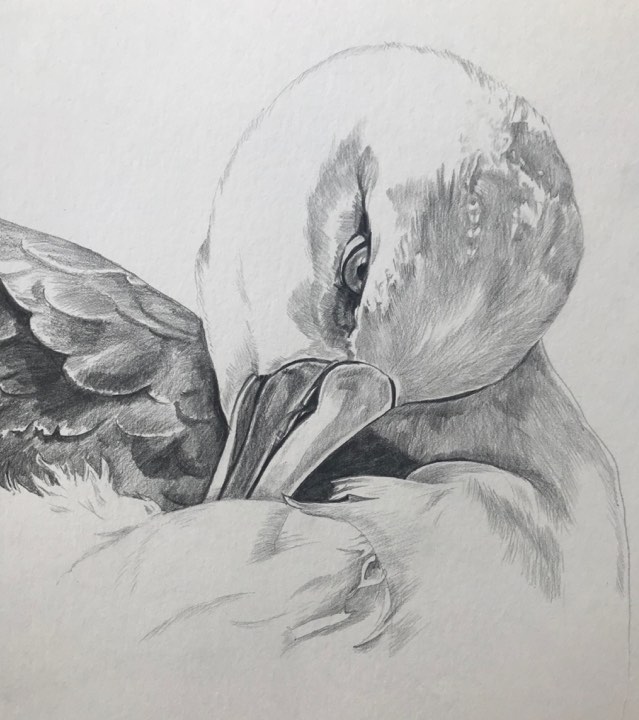



 English
English  Français
Français  Español
Español  During her liaison visit to France, ACAP's Executive Secretary, Christine Bogle, met with ACAP National Contact Point for France, Florian Expert (pictured above right at the 5th Meeting of the Parties held in Spain in 2015), and scientists (pictured left - right), Henri Weimerskirch, Karine Delord, (Christine Bogle), and Christophe Barbraud from the National Scientific Research Centre (Centre national de la recherche scientifique) in Chizé.
During her liaison visit to France, ACAP's Executive Secretary, Christine Bogle, met with ACAP National Contact Point for France, Florian Expert (pictured above right at the 5th Meeting of the Parties held in Spain in 2015), and scientists (pictured left - right), Henri Weimerskirch, Karine Delord, (Christine Bogle), and Christophe Barbraud from the National Scientific Research Centre (Centre national de la recherche scientifique) in Chizé.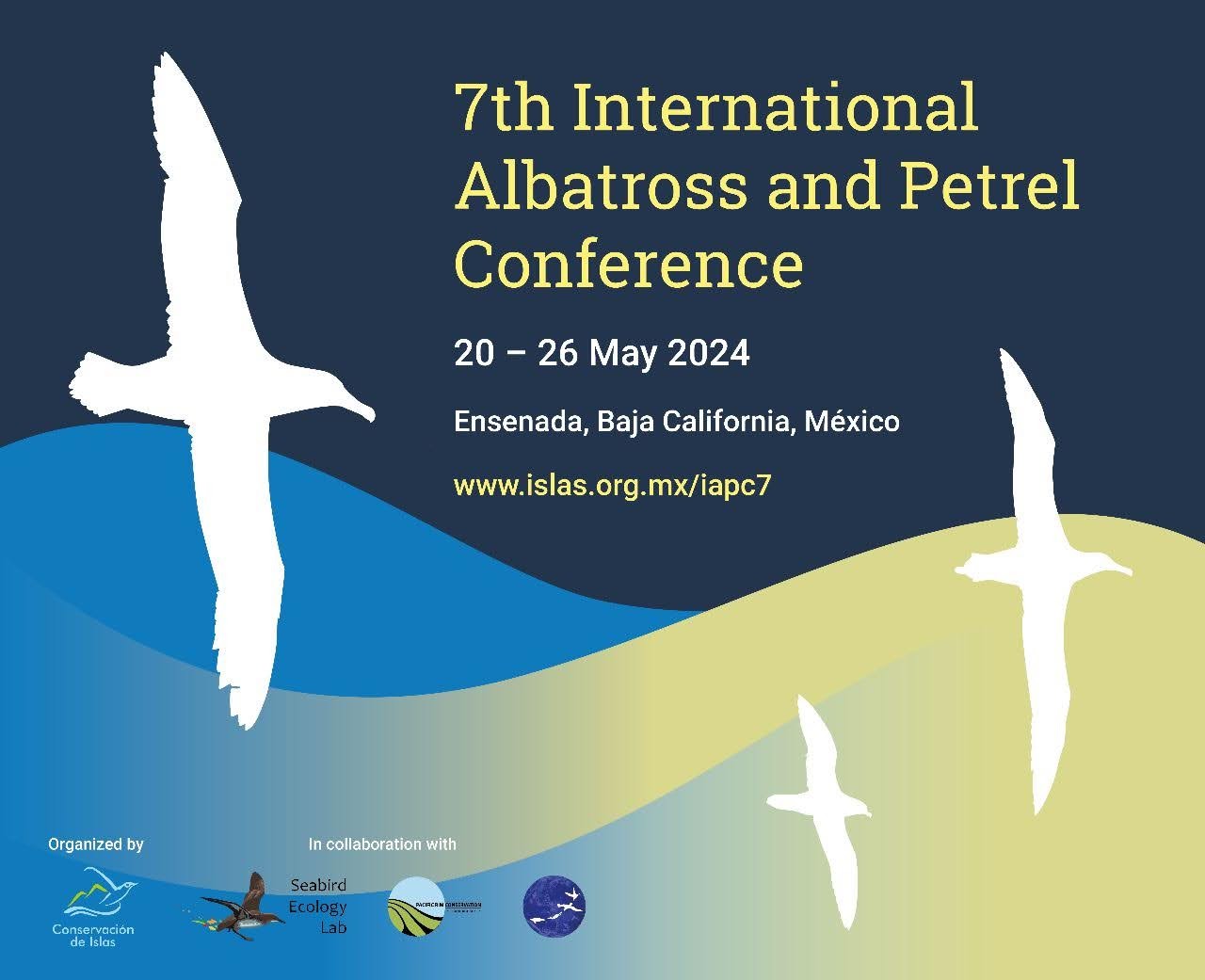

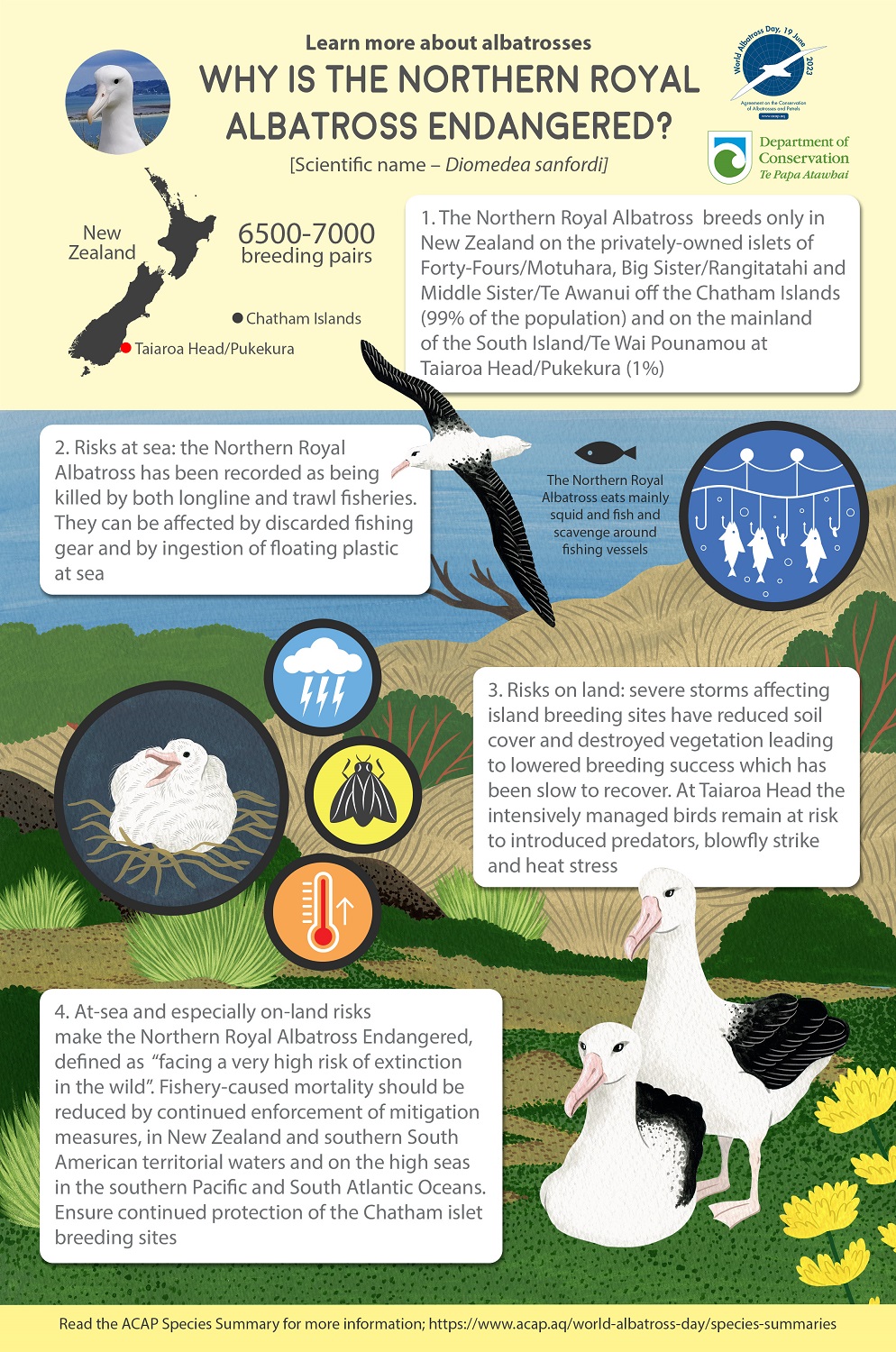
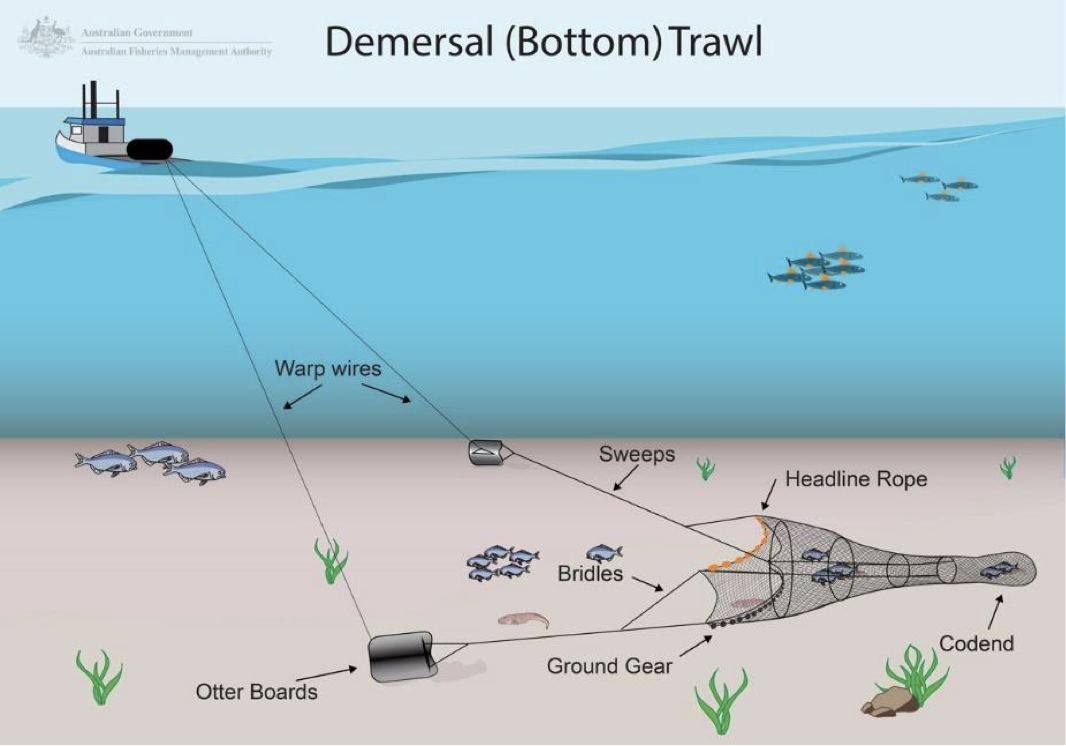 From the report: Figure 1. Diagram of bottom trawl gear with warp cables above and below the water line.
From the report: Figure 1. Diagram of bottom trawl gear with warp cables above and below the water line.